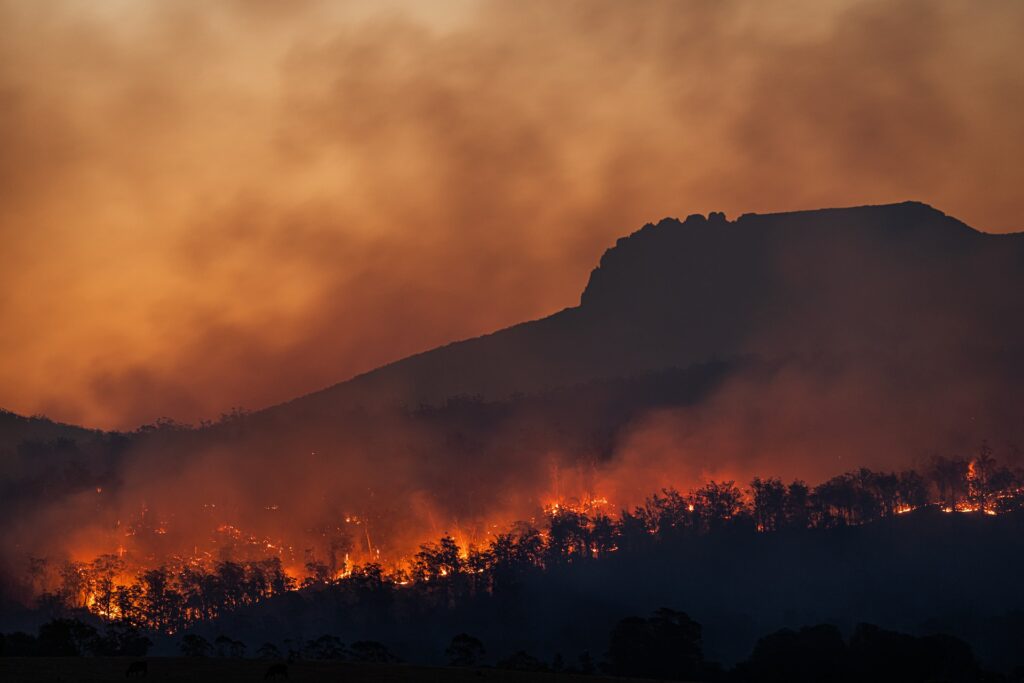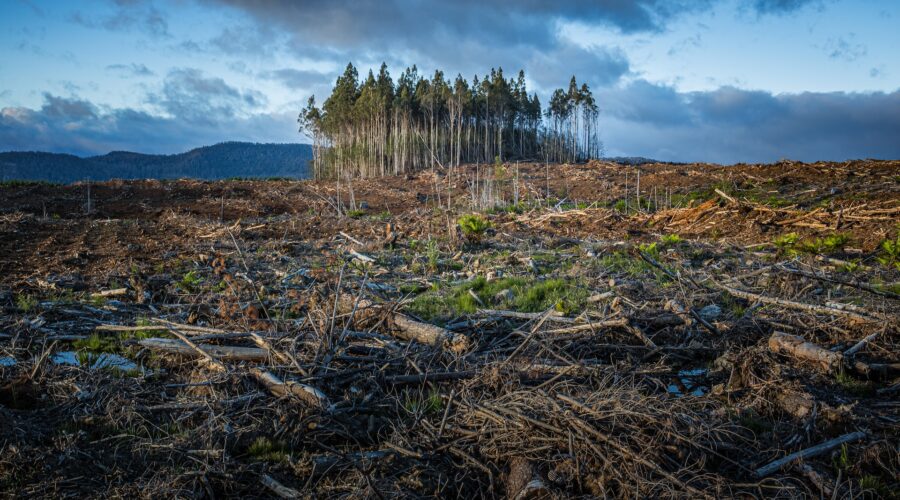What is perhaps less well understood is the disproportionate impact that climate change has on women and girls around the world. The reality is that it is society’s most vulnerable populations that stand to suffer most — and suffer longest — from the harms associated with the climate crisis.
Impact on food supplies
Across the globe, it is women who bear the greatest responsibility for the production and harvesting of food. In developing nations in particular, women are responsible for up to 80% of total food production.
Because women’s ability to feed themselves and their families is so closely tied to the land, they are also the ones who are most immediately and profoundly impacted by the environmental changes brought about by global warming.
In the Coral Triangle of the Western Pacific, for instance, climate change is threatening to eradicate a host of native species on which humans depend for survival. This occurs not only due to the species’ intolerance and an increase in temperatures, but also due to the introduction or proliferation of invasive pests which can readily decimate crops, cause infectious diseases in livestock, and destroy delicate ecosystems on which subsistence farmers, the majority of them women and girls, depend.

Climate change and women’s health
In addition to the increased threat of disease-carrying pests and the health risks associated with the disruption of the food supply, global warming poses a disproportionate threat to women in other ways.
For instance, as income levels decline for agricultural workers, so too does their ability to access and afford quality healthcare. At the same time, rising global temperatures have been shown to pose a significant threat to maternal and fetal health, dramatically increasing the risk of stillbirth and maternal mortality.
Women and climate-related displacement
Another deeply troubling attribute of global warming is its association with community displacement. As sea levels continue to rise and weather-related disasters, from floods to hurricanes to cyclones, increase in frequency and intensity, the numbers of women and children displaced due to climate change are surging.
This is a particularly devastating event as women around the globe continue to labor under the burden of oppressive laws and systems that limit or outright forbid property ownership by females. Without legal access to land and the financial security it provides, women’s risk of experiencing violence, hunger, homelessness, exploitation, and early mortality is greatly amplified.
Even in highly developed nations where wealth abounds, separation from a spouse can result in a financial catastrophe for women unless she is proactive in protecting her assets. Given the surge in climate-related disasters worldwide, including in developed nations, the failure to secure the property rights and overall economic well-being of single women can have disastrous consequences for them and their children.
Caught in the conflict
Just as women and girls are more likely to suffer first, longest, and worst from food insecurity, population displacement, and health inequities related to climate change, they are also the most likely to be harmed by climate-related political and cultural conflict.
For instance, in environments of scarcity, where food, water, land, and other essential resources are dwindling, political instability is almost inevitable. Within a relatively short period of time, such instability often spills over into violence, for which women and girls are common targets.
The result is a spike in physical and sexual abuse, sex trafficking, and child marriage. Little girls may be “sold” in marriage to husbands with money and property. Traffickers may abduct or buy displaced women and girls for domestic or sex slavery.
On a micro level, the stressors of food scarcity and economic insecurity often lead to an increase in intimate partner violence against women.
The takeaway
Women and girls are most likely to be harmed by the climate crisis. This includes a disproportionate risk for hunger and homelessness among females.
In addition, due to oppressive laws and cultural systems across the globe, women are far less likely than men to have access to land and other assets, exacerbating their risk of falling into poverty in the wake of climate change.
Finally, the climate crisis also poses a profound and far-reaching threat to women’s health, decreasing their access to healthcare. This increases their risk for climate-related illnesses, injuries, and early mortality, exposing them to physical and sexual violence in the face of population displacement, economic insecurity, and cultural and political conflict.
Images: Matt Palmer and Matt Palmer again

